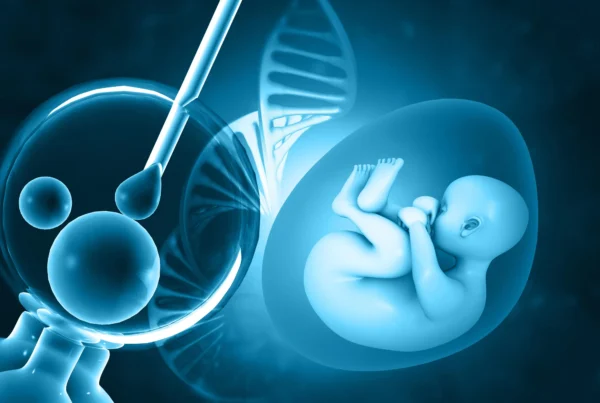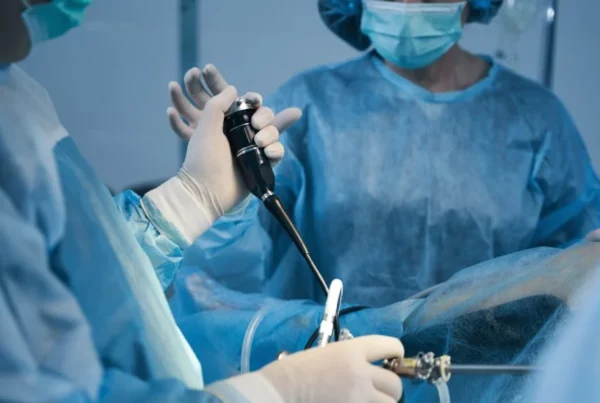Recently, Preimplantation Genetic Testing (PGT) has become a widely used method for selecting healthy embryos. This technique is particularly beneficial for couples with hereditary diseases or a family history of genetic disorders, enabling the selection of normal, disease-free embryos and increasing the chances of healthy babies being born. Additionally, this method is also used for older patient groups to ensure that only healthy embryos are selected and transferred, thus preventing potential miscarriages associated with hereditary diseases and avoiding time loss.
How is PGT Performed?
During the IVF process, the embryo reaches the third day, containing a total of eight cells known as blastomeres. This embryo is referred to as a cleavage-stage embryo. A blastomere is taken from the cleavage embryo and sent for genetic testing, after which a decision is made regarding whether to proceed with the transfer or cancel it. In the blastocyst stage, the embryo contains a layer called the trophoblast, which will develop into the placenta. A biopsy is taken from this layer using a specialized needle and sent for genetic analysis. These procedures are performed separately for each embryo.
What Diseases Can PGT Diagnose?
- Monogenic disorders.
- Cystic Fibrosis
- Alpha-1 Antitrypsin Deficiency
- Muscular Dystrophy
- Chromosomal Abnormalities
- Trisomies
Who is PGT Recommended For?
- Older women (as age increases, so does the likelihood of genetic problems in embryos and the associated risk of miscarriage).
- Parents with balanced chromosomal translocations that do not cause phenotypic issues (these can manifest as diseases in embryos).
- Recurrent IVF failures.
- Recurrent pregnancy losses.
- Unexplained infertility.
- Severe male infertility.
- Y chromosome abnormalities (deletions).
- Couples with abnormal embryos.




